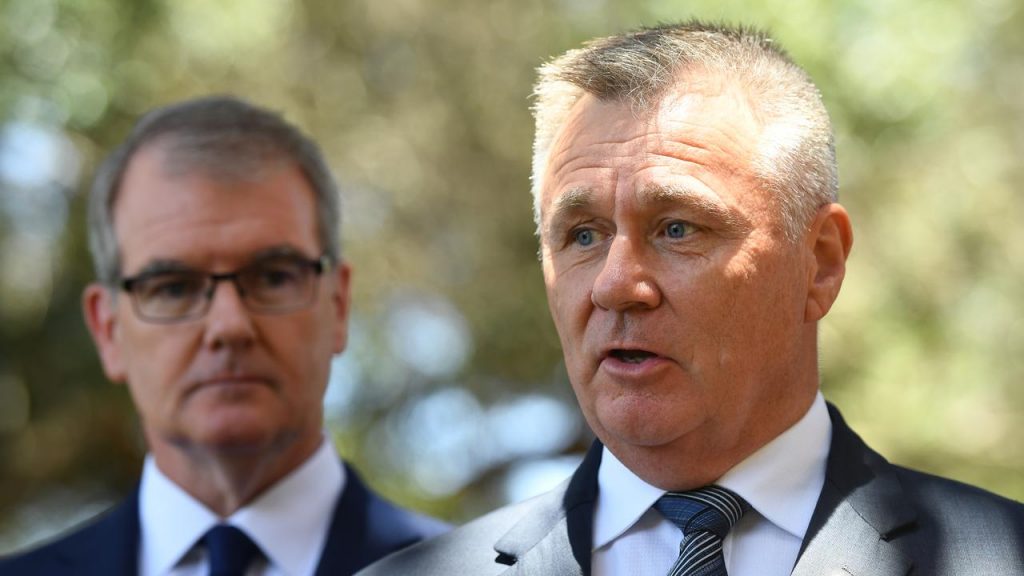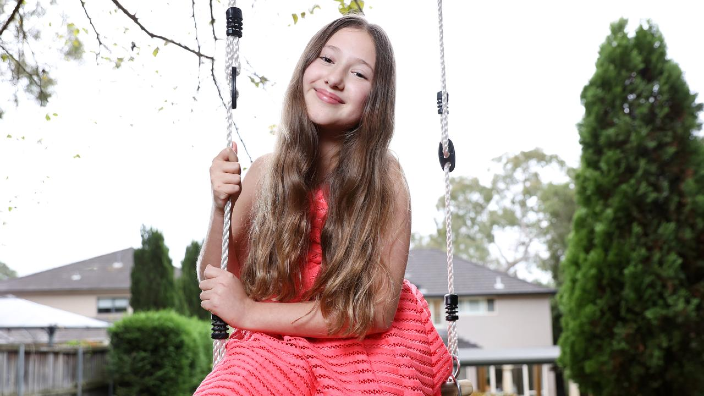New lifespan data analysed by Torrens University has laid bare a huge divide between the metropolitan and regional areas of New South Wales.
The data, which ranged between 2014 and 2018, showed how residents growing up in the state’s Central Darling region will die on average aged just 63 years.
According to The Daily Telegraph, this is the lowest life expectancy of all 129 of the state’s LGAs and a stark contrast to Sydney’s north, where locals on average live longer than 85 years.
The Central Darling, which includes Wilcannia, White Cliffs, Menindee and Ivanhoe, was followed closely by Brewarrina in the state’s northwest, where the average lifespan stood at 67 years.
Seven of the 10 areas with the lowest lifespan — all of which were under 76 years — were in regional NSW, The Daily Telegraph reports.

The other low scorers were Blacktown and Campbelltown in Sydney’s west and southwest.
On the flip side, Sydney’s leafy peninsula of Hunters Hill on the lower north shore had the highest lifespan, with locals living for an average of 89 years, followed by Ku-ring-gai and Mosman at 87 years.
Access to health services:
10-year-old, Paris Metaxas, lives in Hunters Hill and her mum, Nicole, tells The Daily Telegraph she feels “blessed” that her children can grow up in an area where they will statistically live to almost 90 years.
Mrs Metaxas said the area had a strong sense of community and health and wellbeing services were available in “abundance.”
“There are a lot of bulk billings GPs, medical centres, dental care, all available in abundance. A lot of people here like to exercise, and we have a lot of tracks and natural trails, gyms and classes,” Mrs Metaxas told the media outlet.

Mrs Metaxas went on to say a strong focus on nature conservation also helped improve the overall wellbeing of residents.
“It’s a conservation area. We have lots of trees and greenery. Food wise, people have really good access to good healthy food, and restaurants and cafes are more common than fast food,” she stressed.
Taking a look at socio-economics:
Social demographer, Amanda Davies, told The Daily Telegraph she was not surprised to see the contrasting statistics between suburbs such as Hunters Hill and regional NSW.
She attributed the disparity to factors including lower socio-economic status, poorer access to facilities and higher Indigenous populations.
“When we look at life expectancy, we look at socio-economics. Those with better access to healthcare and services live longer and lower or poorer access to healthcare lowers life expectancy,” Ms Davies said.

“We know there is a significant divide between urban and rural healthcare, particularly preventive healthcare.”
Shadow Minister for Regional NSW, Mick Veitch, told Australian media that the “terrible statistics” match the evidence currently being unearthed in the parliamentary inquiry into rural health.
“There is much to be done. We really need to resource our health services and ensure timely access to health professionals is available to all,” Mr Veitch said.
Source: The Daily Telegraph.

